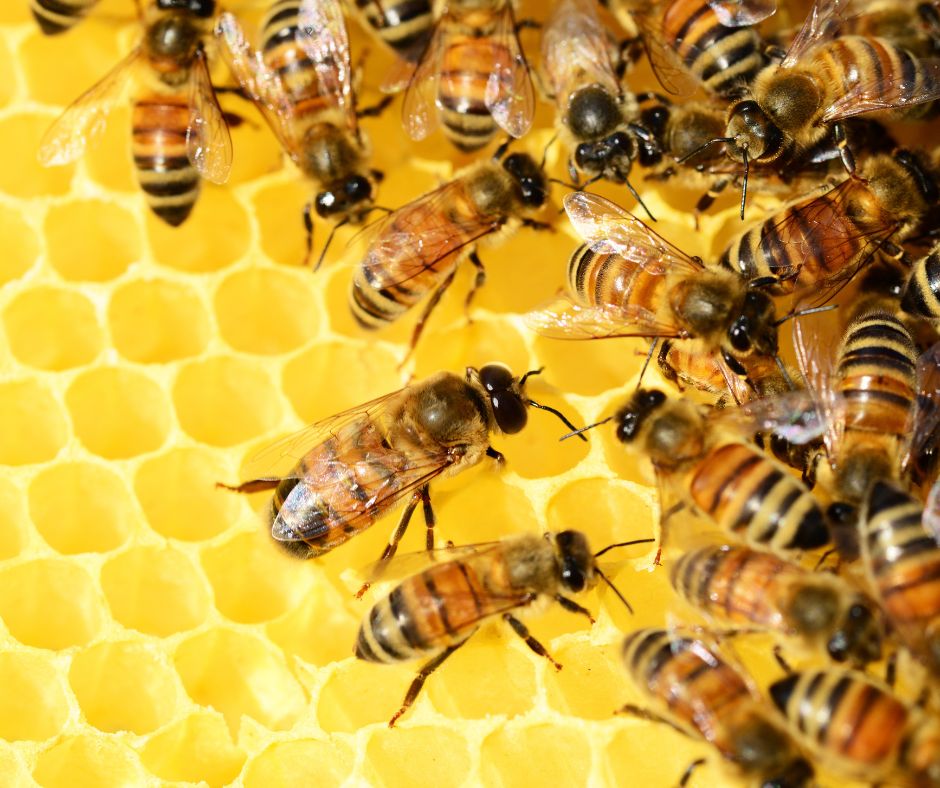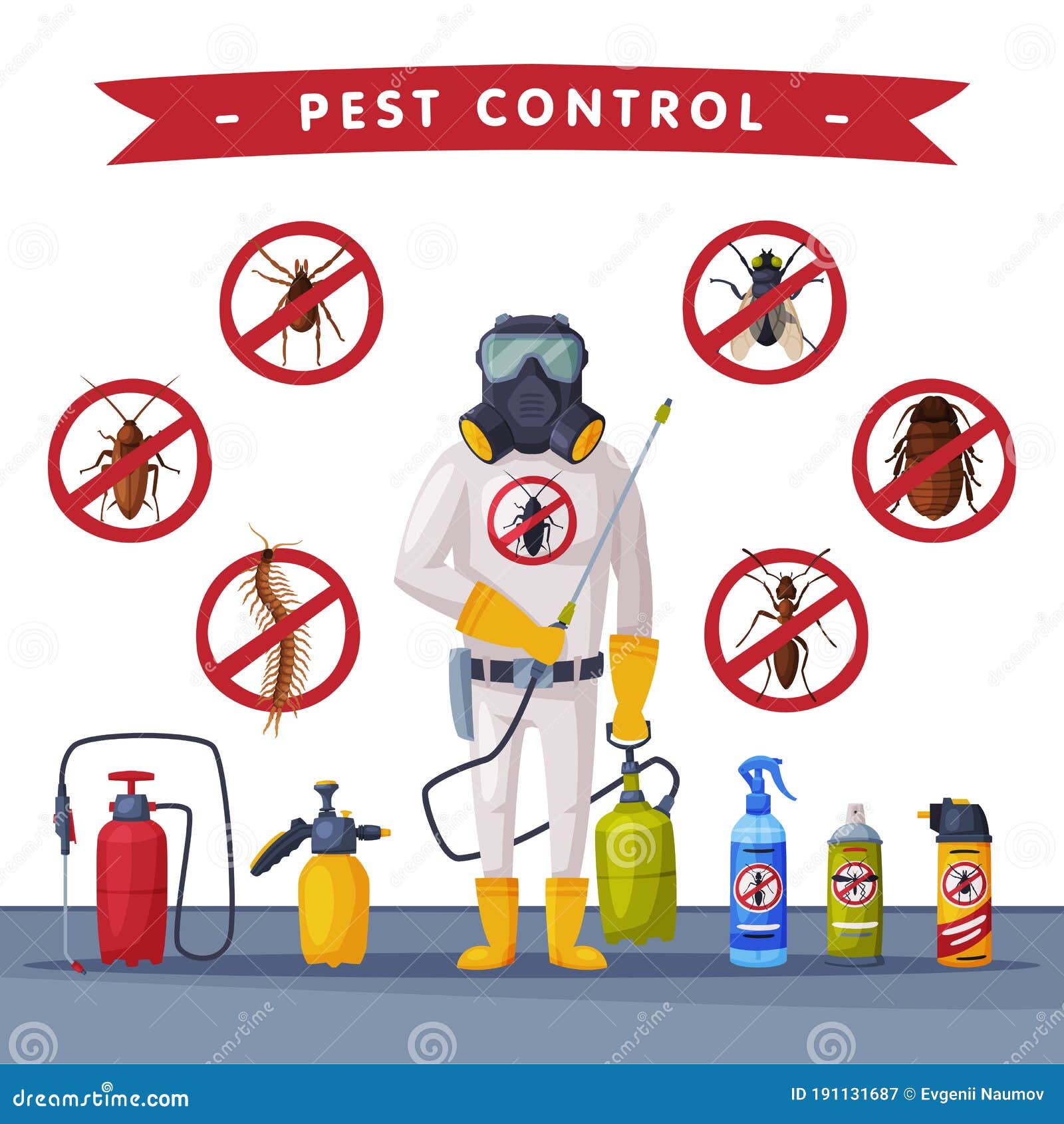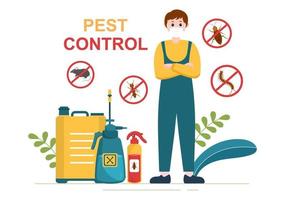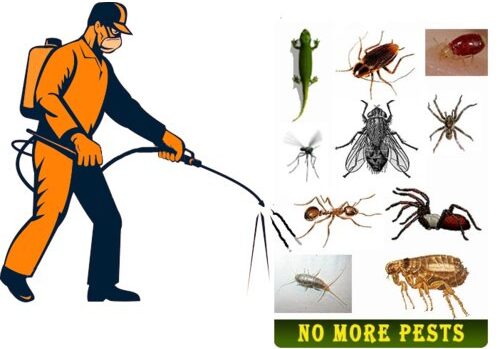Eco-Friendly Port Charlotte Pest Control Service
Comprehensive Overview to Recognizing Pest Control Techniques and Their Treatment
Understanding bug control techniques is vital for efficient monitoring of undesirable organisms that position threats to wellness, farming, and residential or commercial property. What factors should be taken into consideration when picking the ideal bug control technique for a certain situation?
Summary of Parasite Control Techniques
Pest control methods encompass a range of techniques created to handle and remove unwanted microorganisms that can harm human wellness, agriculture, and residential or commercial property. Effective bug management is critical for preserving the honesty of environments and making sure the safety of food products. These techniques can be generally classified into three main approaches: cultural, mechanical, and organic controls.

Social control involves modifying farming techniques or environmental problems to minimize pest facility and recreation. This method includes plant turning, sanitation, and choosing pest-resistant plant ranges. Mechanical control relies on physical barriers or gadgets to avoid pest accessibility or directly remove them. Examples consist of catches, nets, and hand-picking unsafe insects.
Organic control makes use of all-natural predators, parasites, or pathogens to regulate pest populaces. This technique highlights environmental equilibrium and can consist of presenting helpful insects, such as ladybugs or predacious nematodes, to handle pest existence.
Integrated insect administration (IPM) incorporates these methods, using a holistic technique that emphasizes avoidance, tracking, and responsible monitoring. By using a blend of these methods, pest control can be extra lasting and efficient, lessening reliance on chemical interventions while guarding human wellness and the atmosphere.

Chemical Parasite Control Solutions
A range of chemical pest control remedies are offered, offering effective options for handling insect populations when other techniques may drop short. These solutions primarily consist of insecticides, herbicides, fungicides, and rodenticides, each created to target certain parasites while lessening injury to non-target microorganisms.
Pesticides are specifically efficient versus an array of insects, including ants, roaches, and termites, and can be identified as contact or systemic representatives. Call insecticides eliminate pests on call, while systemic insecticides are taken in by plants, making them toxic to insects that feed upon them. Herbicides are used to regulate undesirable vegetation, whereas fungicides are crucial for taking care of fungal conditions that can harm plants and decorative plants.
Furthermore, incorporated bug monitoring (IPM) concepts should be utilized, incorporating chemical options with social, mechanical, and organic approaches for sustainable parasite control. This all natural strategy not just boosts pest monitoring effectiveness however additionally decreases prospective ecological impacts linked with chemical usage.
Organic Bug Control Methods
Biological pest control techniques provide an ecologically pleasant alternative to chemical methods by using natural predators, bloodsuckers, or virus to manage bug populaces. This technique leverages the ecological Visit This Link connections between organisms, promoting a balanced community while decreasing chemical residue in the setting.
One of one of the most common biological control techniques entails the introduction of all-natural adversaries. For example, ladybugs are utilized to control aphid populations, while parasitical wasps can target caterpillars and other parasites. These all-natural killers successfully reduce pest numbers without harming beneficial bugs.
Additionally, microbial representatives such as bacteria, fungis, and infections are utilized to contaminate and kill specific bugs. Bacillus thuringiensis (Bt), a naturally taking place germs, is extensively used to regulate caterpillars and other larvae, showcasing the efficiency of microbial pest control.

Physical and Mechanical Techniques
Frequently employed in incorporated parasite monitoring approaches, physical and mechanical approaches act as reliable devices for controlling pest populations without using chemicals. These strategies count on physical barriers, traps, and various other mechanical tools to avoid or remove insects, making them eco-friendly alternatives.
Physical techniques include making use of barriers such as insect netting, screens, or row covers that literally block parasites from accessing plants. This is especially helpful in farming setups where crop protection is necessary. Furthermore, habitat manipulation, such as removing debris and standing water, can minimize bug reproducing sites, thereby lessening problems.
Mechanical approaches encompass catches, which can be designed to record specific pests. Sticky catches and pheromone catches are typical examples that lure and maintain bugs, assisting in tracking and control. Vacuuming is another mechanical method, reliable for getting rid of insects from interior environments, particularly in cases of infestations.
Preventative Parasite Administration Strategies
Effective preventative bug management methods are vital for maintaining healthy and balanced environments and reducing pest-related concerns prior to they arise (Pest Control in Port Charlotte, FL). These strategies focus on positive procedures that lower the chance of parasite infestations by dealing with the root triggers

Another vital method involves correct landscaping practices (Pest Control in her response Port Charlotte, FL). Maintaining greenery trimmed and far from buildings can lower harborage areas for pests. Implementing integrated parasite administration (IPM) strategies that include keeping an eye on parasite populations and utilizing organic controls can foster a balanced ecological community that naturally reduces pest numbers.
Education and learning and training for personnel and homeowners on recognizing very early indicators of insect activity are likewise key parts of an efficient preventative program. By cultivating an atmosphere of recognition and watchfulness, companies and property owners can substantially improve their insect administration efforts and safeguard their areas against future invasions.
Conclusion
Using an Integrated Parasite Monitoring (IPM) framework enables for the sustainable administration of parasites while minimizing ecological effect. Eventually, a thorough understanding of these diverse pest control methods is essential for achieving successful results in parasite monitoring initiatives.